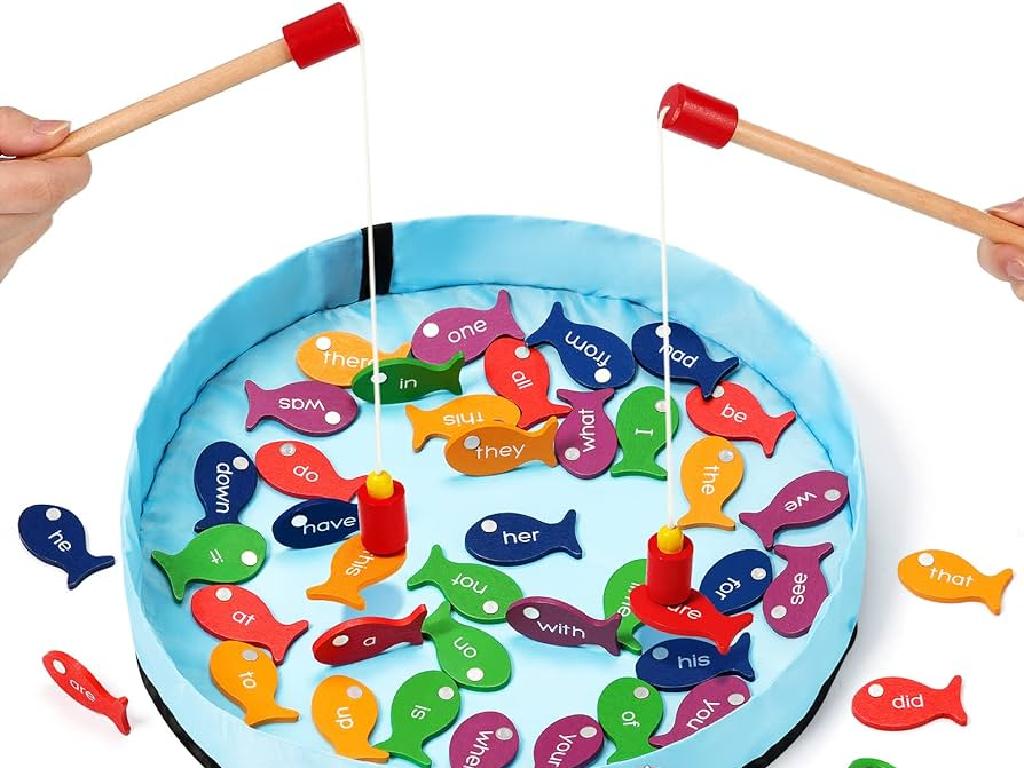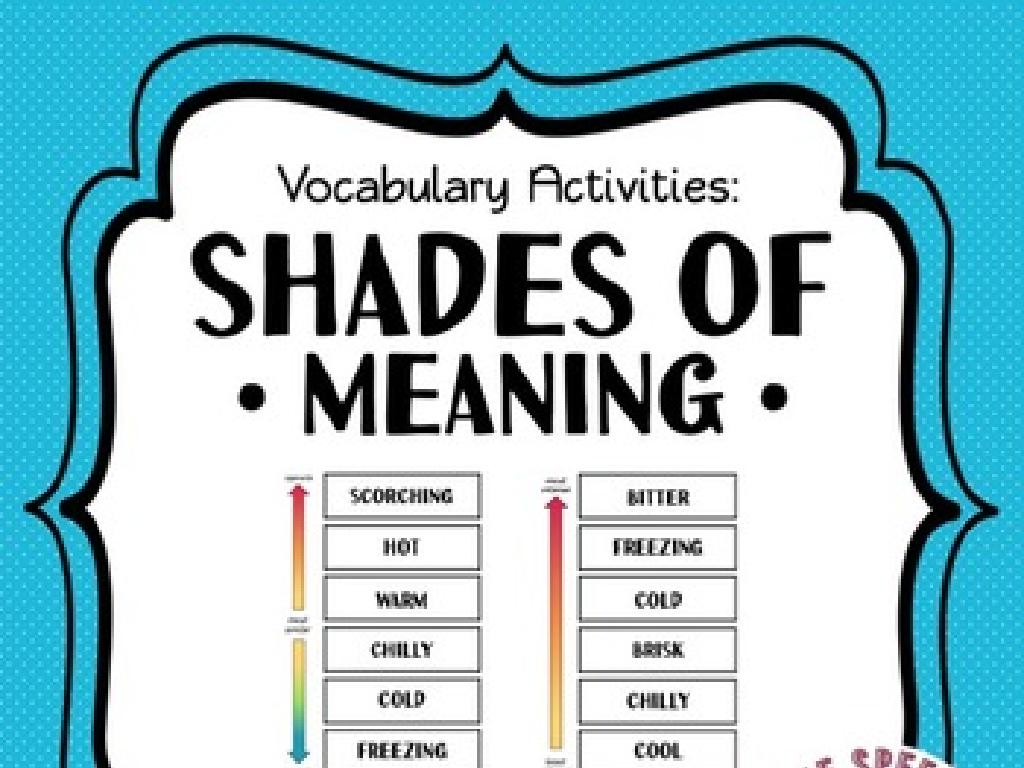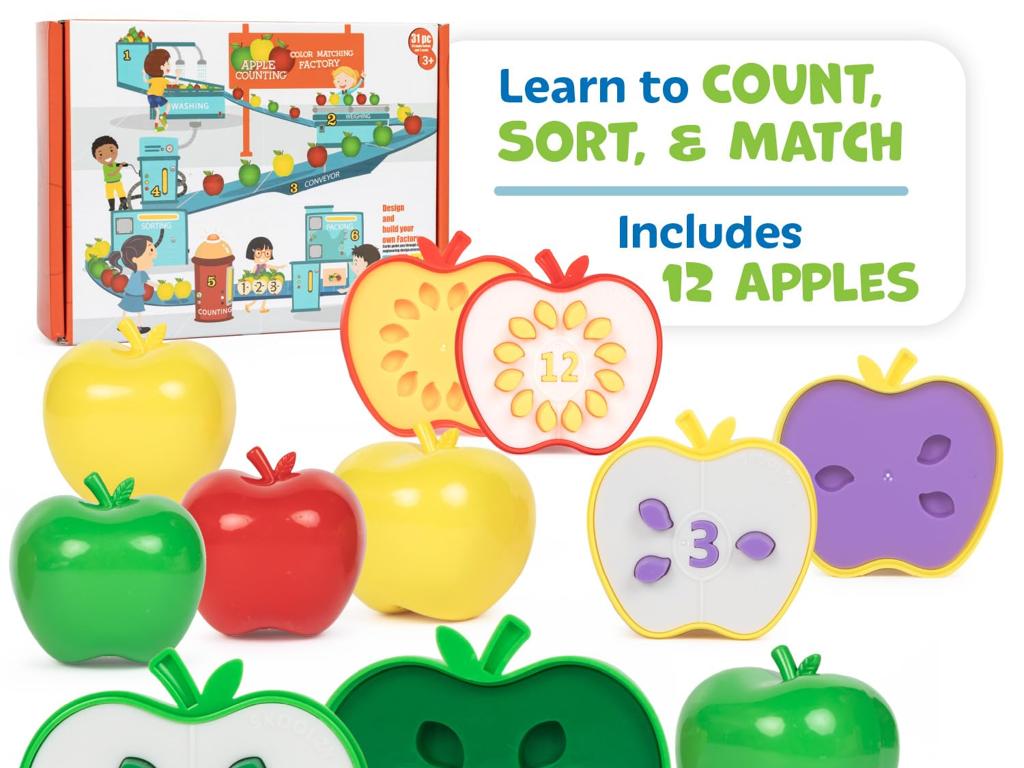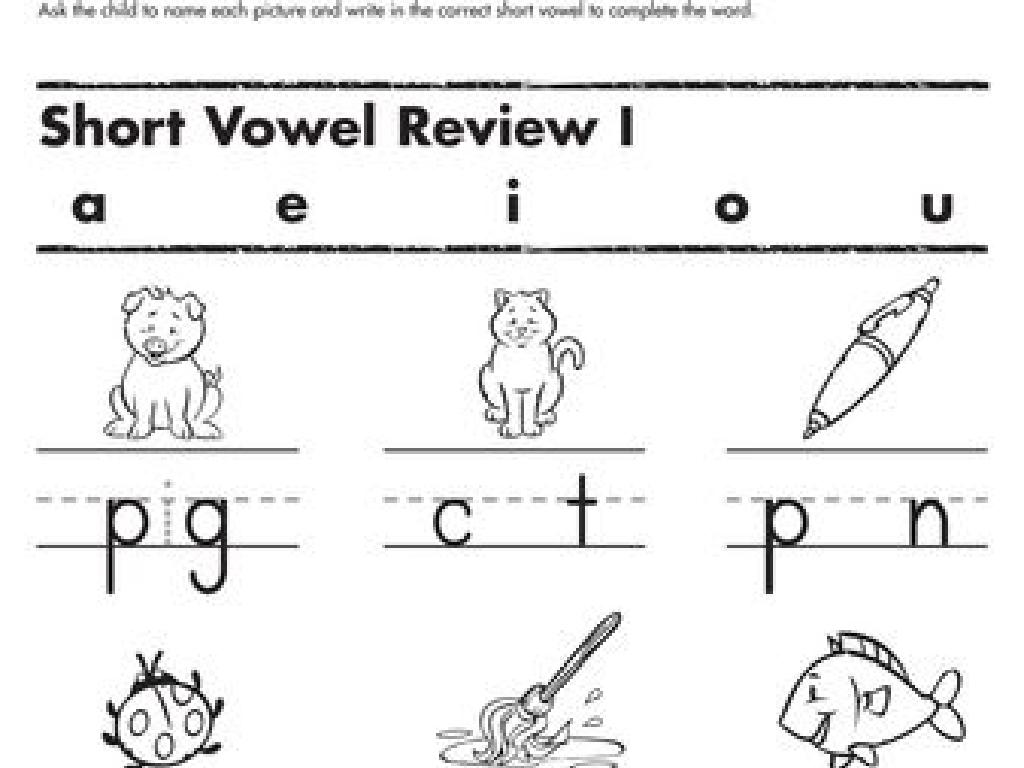Word Pattern Analogies
Subject: Language arts
Grade: Third grade
Topic: Prefixes And Suffixes
Please LOG IN to download the presentation. Access is available to registered users only.
View More Content
Welcome to Prefixes and Suffixes!
– Discover word building blocks
– How prefixes/suffixes alter meaning
– ‘unhappy’ means not happy, ‘un-‘ changes meaning
– Become a word detective
– Use clues to find out how words are formed
– Engage in fun word exploration
– We’ll play games to spot prefixes and suffixes
|
This slide introduces students to the concept of prefixes and suffixes as essential components of word structure. Explain that prefixes are added to the beginning of a word to change its meaning, while suffixes are added to the end. Provide clear examples, such as ‘un-‘ in ‘unhappy’ which negates the meaning of the word it precedes. Encourage students to think like detectives, looking for clues in words to understand how their meanings are constructed. Incorporate interactive activities where students identify and create new words using prefixes and suffixes. This will help them grasp the concept in a fun and engaging way, setting the foundation for improved vocabulary and reading comprehension skills.
Exploring Prefixes
– Prefixes: Beginning of a word
– Prefixes change a word’s meaning
– Example: ‘un-‘ means not
– ‘unhappy’ means not happy
– Example: ‘re-‘ means again
– ‘redo’ means to do again
|
This slide introduces the concept of prefixes to third-grade students. Prefixes are groups of letters placed before the start of a word to alter its meaning. For example, adding ‘un-‘ to ‘happy’ changes the meaning to ‘not happy,’ indicating the opposite. Similarly, ‘re-‘ added to ‘do’ transforms it to ‘redo,’ which means to do something again. It’s important to show students how prefixes modify the meanings of words they already know, making it easier for them to understand and remember new vocabulary. Encourage students to think of other words with these prefixes and discuss how the meaning changes.
Exploring Suffixes
– Suffixes: word parts at the end
– Like a tail, suffixes change how a word works!
– They change tense, number, meaning
– ‘Walk’ becomes ‘walked’, and ‘cat’ turns into ‘cats’
– Example: ‘-ed’ in ‘jumped’
– Shows action happened in the past
– Example: ‘-s’ in ‘cats’
– Shows there’s more than one cat
|
This slide introduces the concept of suffixes to third-grade students. Suffixes are like little tags we put at the end of a word to change its meaning or its form. They’re important for understanding how words can change to express different times (tenses), quantities (singular or plural), and other meanings. Use examples like ‘jumped’ to show past tense and ‘cats’ to show plural. Encourage students to think of other words they know and how adding a suffix changes the word. Have them practice by writing sentences using words with suffixes.
Exploring Word Pattern Analogies
– Understanding word relationships
– Prefixes and suffixes modify words
– Prefix ‘un-‘ means ‘not’, changing meaning
– Example: happy vs. unhappy
– ‘Unhappy’ means ‘not happy’
– Example: do vs. undo
– ‘Undo’ means ‘to reverse the action of doing’
|
This slide introduces the concept of word pattern analogies, which helps students understand how words are related and how their meanings can be altered with prefixes and suffixes. By using familiar examples, such as ‘happy’ and ‘unhappy’, and ‘do’ and ‘undo’, students can see the contrast in meanings when a prefix is added. It’s important to explain that ‘un-‘ is a common prefix that means ‘not’ or ‘the opposite of’. Encourage students to think of other words with the prefix ‘un-‘ and discuss how the meaning changes. This will help them grasp the concept of analogies and the impact of prefixes and suffixes on word meanings.
Crafting Word Analogies with Prefixes and Suffixes
– Learn to create word analogies
– Understand prefixes and suffixes
– Prefixes and suffixes modify word meanings, like ‘un-‘ in ‘undo’ means ‘not’.
– Observe meaning changes
– Adding ‘un-‘ or ‘-ness’ changes words: ‘happy’ to ‘unhappy’, ‘sad’ to ‘sadness’.
– Practice with class and solo
|
This slide introduces the concept of creating word analogies by focusing on the role of prefixes and suffixes in altering word meanings. Start by explaining what analogies are and how they compare two pairs of words or phrases. Emphasize the importance of prefixes and suffixes in changing the base meaning of words. Provide clear examples, such as ‘happy’ becoming ‘unhappy’ when the prefix ‘un-‘ is added, indicating the opposite meaning. After explaining and demonstrating a few examples as a class, encourage students to create their own analogies using a list of prefixes and suffixes provided. This activity will help them understand the concept of word analogies and the impact of prefixes and suffixes on word meanings.
Practice Time: Creating Word Pattern Analogies
– I’ll give you words for analogies
– Think about the word meanings
– How does adding a prefix or suffix change a word?
– Work with a partner on this
– Share ideas and help each other
– Try to make many analogies
– The more you think, the better you get!
|
This slide is designed to engage students in a collaborative activity where they practice creating word pattern analogies by understanding the impact of prefixes and suffixes on word meanings. Encourage students to work in pairs to foster teamwork and peer learning. Provide a list of base words and a set of prefixes and suffixes. Guide them to form new words and create analogies that reflect the changes in meaning. For example, ‘happy’ is to ‘unhappy’ as ‘known’ is to ‘unknown’. Offer support and encourage creativity. Have a few examples ready to demonstrate the activity. After the activity, facilitate a discussion where pairs can share their analogies and explain their reasoning.
Class Activity: Word Detective
– Become word detectives today
– Search for prefixed/suffixed words
– Look for words in books, posters, etc.
– Create word pattern analogies
– Use your words to make connections
– Share your findings with the class
|
In this engaging class activity, students will act as word detectives to identify words with prefixes and suffixes in their classroom environment. They can look for these words in their textbooks, on bulletin boards, or any classroom materials. Once they find words, they should try to create analogies by connecting a pair of words through their prefixes or suffixes, showing how they are similar or different. For example, ‘unhappy is to happy as unlock is to lock.’ Afterward, students will have the opportunity to present their analogies to the class, fostering a collaborative learning environment. This activity will help them understand the concept of word patterns and how prefixes and suffixes alter word meanings. Provide guidance on creating analogies and encourage creativity.
Review and Reflect: Prefixes and Suffixes
– Recap on prefixes and suffixes
– We learned that prefixes are added to the beginning of a word and suffixes at the end.
– Understanding words with prefixes/suffixes
– They change the meaning of the base word, helping us figure out what a word means.
– Share a new word and its analogy
– Example: ‘unhappy’ means not happy; ‘un-‘ is a prefix meaning ‘not’.
|
Today’s lesson focused on the role of prefixes and suffixes in word formation and comprehension. Understanding these can help students deduce the meaning of unfamiliar words and expand their vocabulary. For instance, knowing that ‘pre-‘ means ‘before’ or that ‘-ful’ means ‘full of’ can give clues to the meaning of ‘preview’ or ‘joyful.’ As a reflective exercise, ask students to share a new word they’ve learned, explain the prefix or suffix, and create an analogy to reinforce their understanding. This activity will help solidify their grasp of the concept and encourage active participation.
Homework Challenge: Prefixes and Suffixes
– Find 5 words with prefixes
– Find 5 words with suffixes
– Write an analogy for each
– An analogy shows how two things are alike. For ‘unhappy’, ‘un-‘ is like ‘not’ in ‘not happy’
– Share your favorite analogy
|
This homework task is designed to help students recognize and understand prefixes and suffixes, which are important components of many words. By finding words with prefixes and suffixes at home, students will learn how these word parts change meanings. Writing analogies will deepen their comprehension by relating new words to familiar concepts. Encourage creativity and critical thinking as they form their analogies. In the next class, students will share their favorite analogies, fostering a collaborative learning environment where they can learn from each other’s examples.





